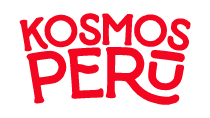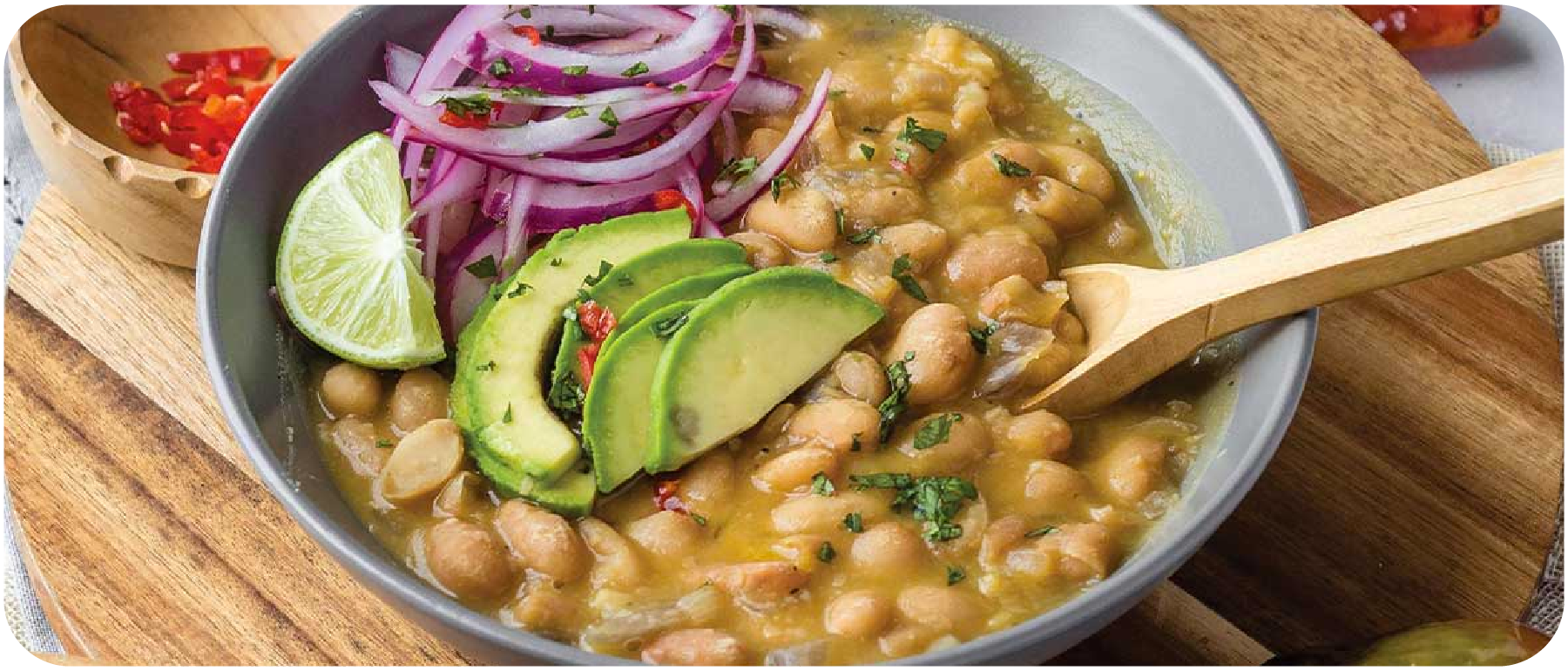Eating and savoring beans in Peru is a first-rate culinary adventure. They are prepared in various ways and with different flavors. It could also be a vegetable soup with the pure and traditional flavors of the different emblematic places of Peru, keep in mind that each area prepares them differently.
In this sense and given the nutritional importance of legumes and their reception in the national gastronomy, the Association of Exporters (ADEX), argues that Peru, thanks to its potential as a producer of beans, should position itself in the international market by promoting its beans and its great variety.
In Peru there is a species that stands out for its versatility and properties, this is the Peruvian bean, also known as mayocoba bean, yellow bean, or canary bean. This bean crop owes its name to its origin in the western Andes, northern Peru, and Ecuador. However, it is distributed and commercialised in other countries such as Mexico, Colombia, Bolivia, and Argentina, as well as in much of the American continent.
Peruvian beans are one of the most sought after for cooking because it is soft and has a light flavor. Its bark, as one of its names indicates, is yellow. It can be used for different dishes from beans from the pot to some rich enfrijoladas.
Check Out: INCA'S FOOD PURPLE CORN - MAIZ MORADO 15 OZ.
Benefits of Peruvian beans
Peruvian beans are an excellent source of sodium and dietary fiber, which is why it is an ideal recipe for continuous cooking, as it allows you to control the nutrients provided to your family.
In addition to having a delicious flavor, Peruvian beans have great health benefits, since they are an ideal source of proteins, vitamins, and minerals such as the B complex, thiamine, niacin, riboflavin, folic acid, calcium, iron, zinc, potassium, and phosphorus, it also contains minerals such as iron, copper, zinc, phosphorus, potassium, magnesium and calcium.
Likewise, this species of beans is low in cholesterol and are a rich source of antioxidants, which is why they help prevent premature aging, as well as cardiovascular diseases, obesity, and diabetes. For you and your family to enjoy these benefits, we show you a way to make Peruvian beans! Enjoy this recipe.
Peruvian Beans Recipe
Ingredients
- 1 kg of Peruvian beans
- 2 tablespoons of lard or vegetable oil
- 1 large onion
- 3 sprigs of chives
- 1 cup of smoked bacon and/or smoked chorizo
- 3 garlic cloves
- 2 ripe tomatoes
- 1 tablespoon of cumin
- 4 fresh coriander leaves (habanero cilantro)
- Water
- Salt
Preparation
- Soak the beans in a bowl of water overnight before cooking.
- The next day the beans will swell. Wash them again, drain them, and pour them into a deep pot with enough water to cover them all. Place the pot on the stove over high heat and let them cook until they boil and the beans are soft, which will be about 30 to 40 minutes.
- Meanwhile, cut the bacon or chorizo into medium pieces, whatever you have chosen, and reserve them for the preparation. Continue chopping the chives, onion, tomato, and garlic, then place these ingredients in a previously heated pan with the lard or oil and proceed to fry without letting them brown.
- When the dressings are about to brown, add the bacon and continue cooking until they have released their natural fat. At this point, the beans should be about to soften, if so, it is time to join all the ingredients.
- Add the sauce, adding the fresh cilantro leaves and cumin, add salt to taste, and cook for another 15 to 20 minutes over medium heat.
Tips for a better dish
You can substitute the meat for one that you like, in this case, it can be pork chop, beef, or even chicken if you don't have anything else.
Soaking the beans helps them cook faster. However, if you are short on time you can use a pressure cooker.
We hope this information is useful to you and you start incorporating Peruvian beans into your diet.
Can Peruvian beans affect weight and body composition?
Peruvian Beans can impact body composition when paired with a balanced diet. For example, a study involving 246 women showed that those who ate more beans saw lower body fat percentages and waist circumference.
Another reviewed study revealed that eating 1/2-3/4 cups of beans per day is associated with decreased body weight and other cardiovascular risk factors, such as cholesterol levels.
However, the studies contained low to moderate quality, and we'll need further research to determine if beans can affect body composition or weight.
The higher-quality research suggests that waist circumference may decrease in those who consume more plant protein compared to animal-based proteins, and beans are a fantastic source of protein derived from plants.
Incredibly, a review of 21 studies found that eating legumes (which comprise beans) were associated with losing weight, even though participants maintained a moderate calorie intake instead of limiting calories.
It is important to remember the effects of fiber and protein on satisfaction. Logically, the more satisfying an item is and the lower amount of calories you'll require to feel satisfied. So eating more beans could naturally aid with managing your portion.
Like all meals, the overall context of your meal is more important than an individual food item, and your overall diet is more important than one particular meal. For example, think about eating 1/2-3/4 cups of beans regularly and other food items rich in nutrients.
It is important to remember that these studies focused on beans as a whole, not specifically Peruvian beans because there is no research on this particular variety of beans to date.
Check Out: INCA'S FOOD DRIED CANCHA CORN CHULPE FOR TOASTING
Problems with Lima Beans
If you're particular about not eating carbs and sugars, butter beans might not be included in your menu. With 40g of carbohydrates per cup of the lima bean, they are not suitable for those following a rigid keto diet. However, if you're merely following an extremely low-carb diet that allows certain carbs and lima beans are included, they should be in the list of carbs you select because of their nutritional value.
A drawback of raw lima beans is that they need some prep. Cooking beans for hours before cooking can require a bit longer to plan, and this can initially turn some people off of using these nutritious beans. However, there isn't an excuse to stop using lima beans; however, there are canned versions accessible that significantly cut down the amount of time it takes to cook the beans.
Lima beans are a good source of tiny amounts of vitamin K. Vitamin K is crucial to bone health. This is usually excellent quality, however, if you are taking medications to treat heart disease, you'll need to be aware of your intake of vitamin K.
Similar to any possible interactions between the food you consume and the prescription or other supplements you might be taking, if you are experiencing concerns, you can consult your physician.
Read More: WHAT YOU SHOULD KNOW ABOUT HUACATAY
Potential downsides of Peruvian beans
Peruvian beans can trigger gas and bloat in those with sensitive digestive systems and those who suddenly introduce beans into their diet after not taking in a lot of fiber.
It is because beans are harder to digest carbohydrates that ferment in the intestine. To improve digestion, ensure to soak your dried beans before cooking. Start slowly -- it might take a few days for the body to adapt.Another genuine concern concerns the existence of anti-nutrients," which can impact the body's ability to absorb nutrients in food.
Though they've earned a bad image, anti-nutrients don't necessarily mean harmful; in some cases, they're beneficial for health. However, if you're worried, cooking methods such as the sprouting process and soaking may reduce the amounts of anti-nutrients in beans. ( source for this information )






